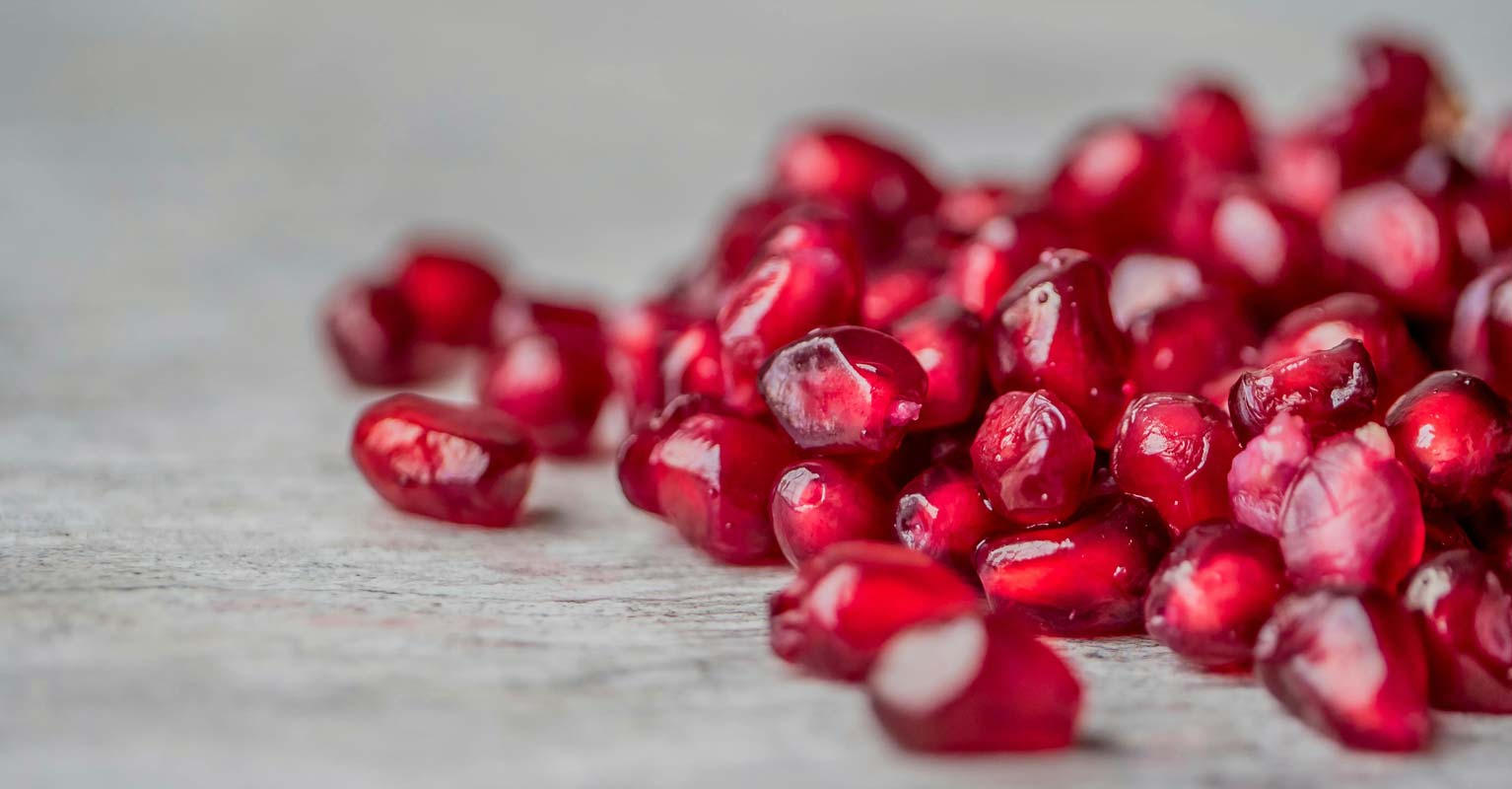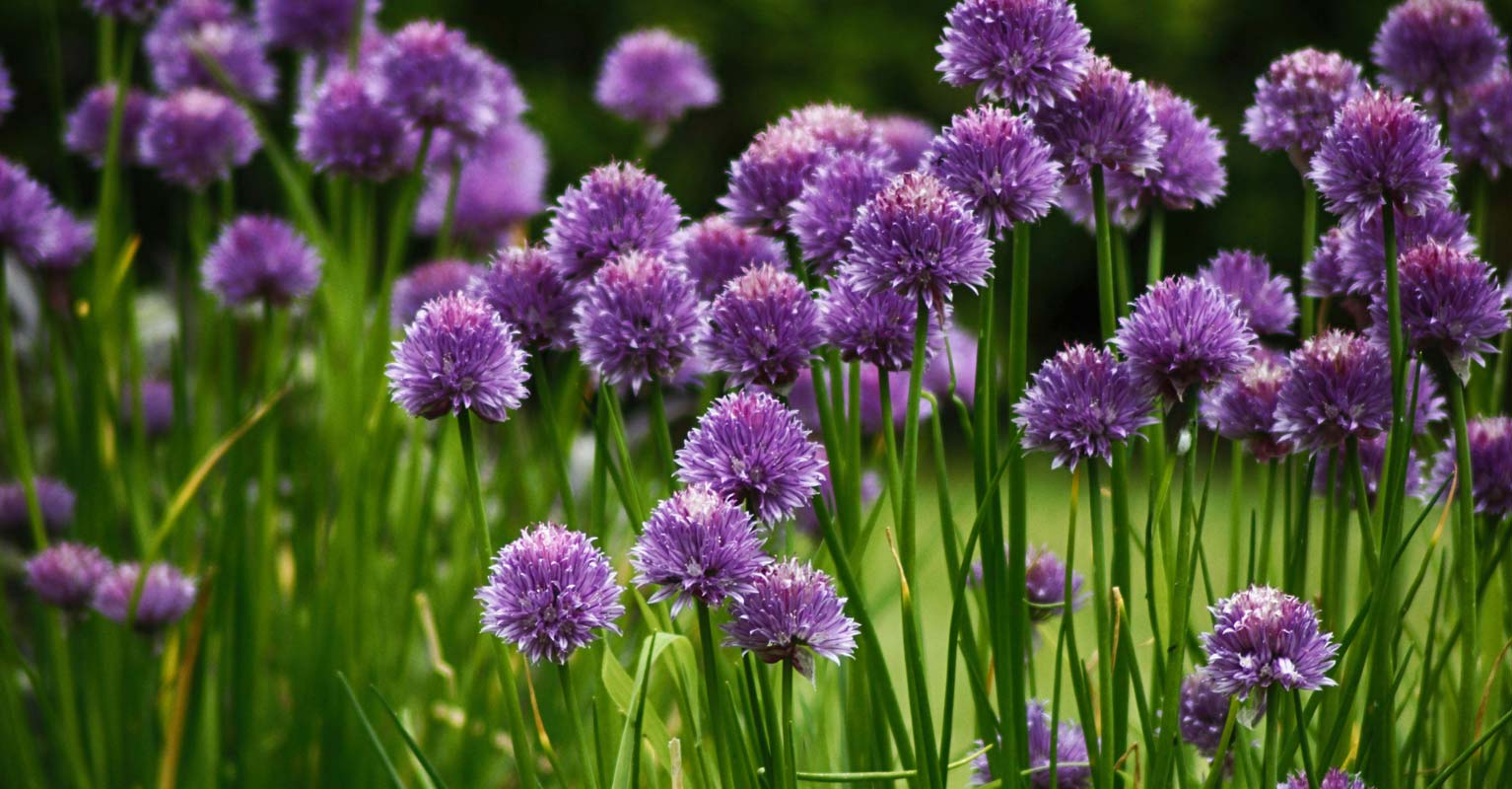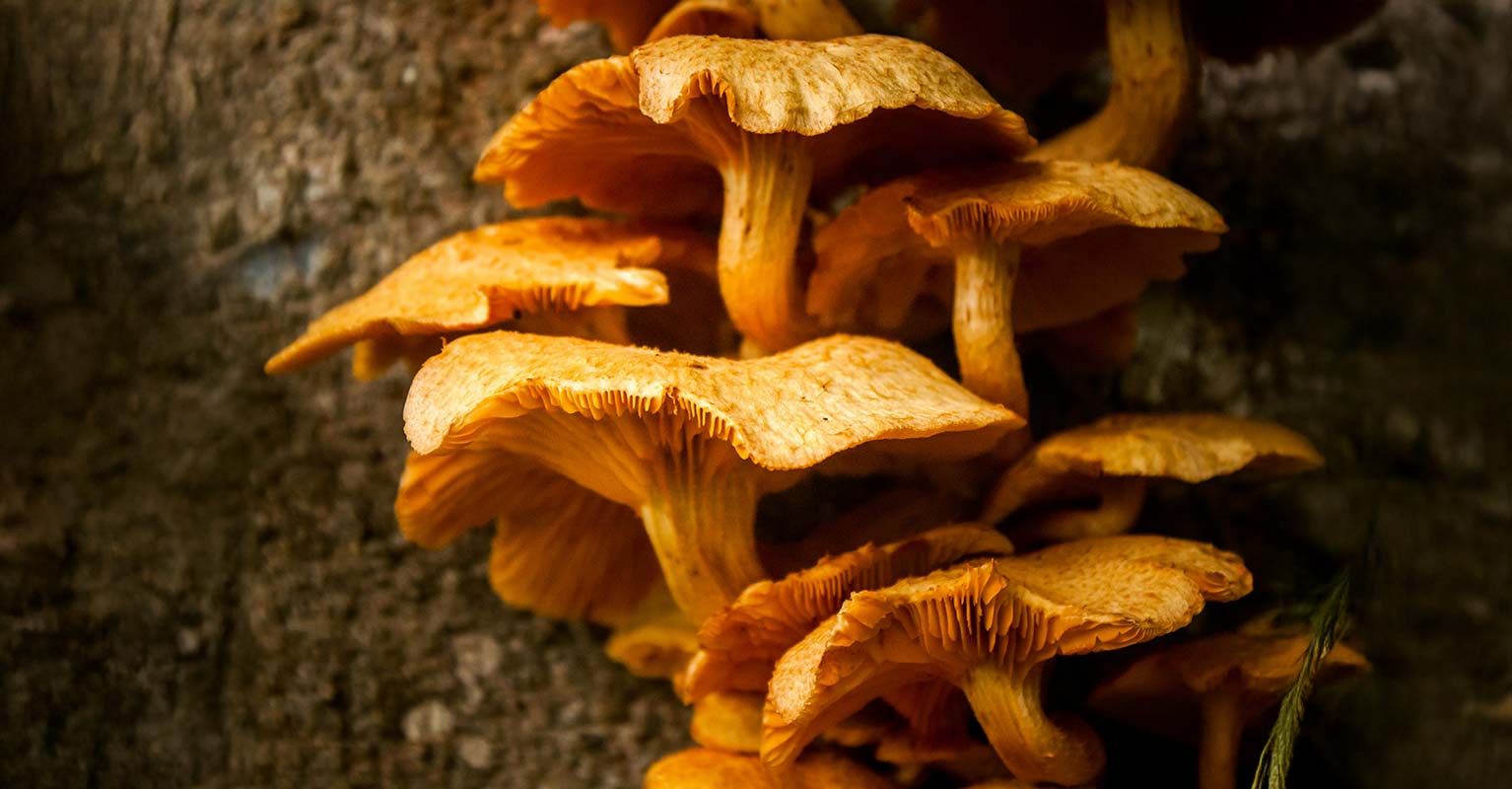RHUBARB

You don’t need much to make a quick jam out of rhubarb, but you do need some sugar or honey because rhubarb, like its sorrel relative, is sour. (Only eat the stalk of rhubarb, never its leaves, which contain very high levels of oxalic acid and are considered poisonous.) When you get the balance right, the sweet-tart of rhubarb is delicious, especially with something creamy like yogurt, ricotta, cream cheese, mascarpone, whipped cream, or ice cream.
Field-grown rhubarb can be found in Bozeman, but the season is short, usually ending by late June. Last year Bear Canyon Farm sold frozen sliced rhubarb, which is wonderful to stash in your freezer and use all year long.
SORREL
When it comes to sorrel, there are three major varieties to know: English garden sorrel, with its large, solid-green leaves; French sorrel, with more of a bell-shaped leaf; and red-veined sorrel, with its beautiful patterns of contrasting colors. All sorrels offer sharp, lemony flavor but depending on the maturity of the leaves they can range in taste from mild to bitter.
Cut the larger leaves into ribbons and add to a salad or soup, or wilt a handful into sizzling butter for a quick sauce for fish.
Thanks to Vertical Harvest down in Jackson, Wyoming, for growing the small leaves of red-veined sorrel that we used in our salad jars in this issue. As our Bozeman growing season progresses, you’ll find bundles of sorrel at local farmers markets and grocers.
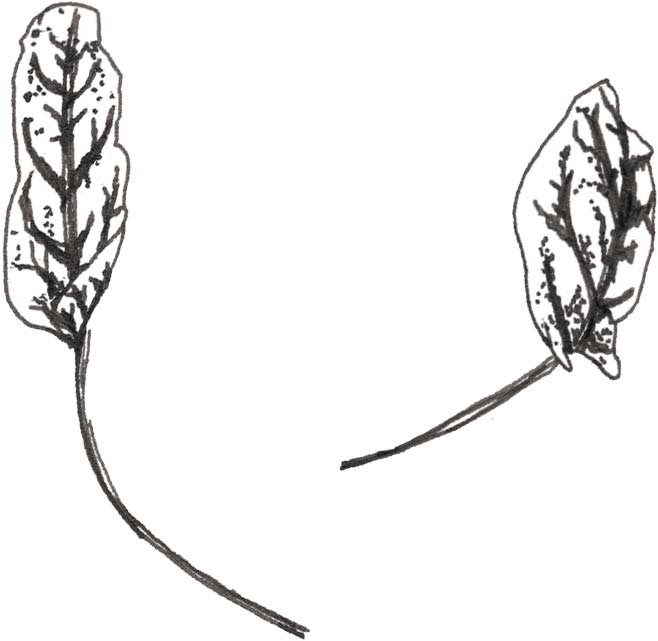
GINGER
Ginger is a tropical rhizome growing most happily in places like India and Southeast Asia. So I was quite surprised to watch Remy Brault from Labellum dig ginger nuggets out from the soil in her Gallatin Valley greenhouse last fall. It turns out you can buy grocery store ginger (organic has the best chance of sprouting), plant it in the spring, then harvest the root in the fall. Ginger root needs eight to ten months to mature under its canopy of mini-bamboo-like green, leafy stalks, but you can harvest as early as six months and enjoy young ginger in a salad or as a tea.
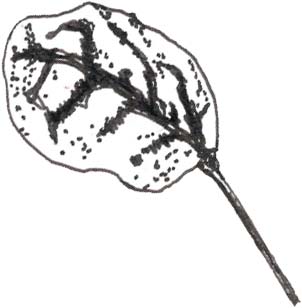
To grow indoors you will need a 10- to 12-inch pot with drainage (and a dish underneath) filled with soil that will hold moisture. Buy a couple 4-inch pieces of organic ginger, looking for pieces with tiny budding eyes. Soak the ginger in shallow water overnight then break into smaller pieces that each contain at least two budding eyes. Plant the pieces 4 inches apart with the eyes pointing up and covered with 1–2 inches of soil. You may not have room to plant all the ginger you soaked, so just use it in the kitchen. Water lightly and keep in a warm place that gets bright sun. Ginger really loves humidity so keep the soil moist through the entire second month. growing process.


